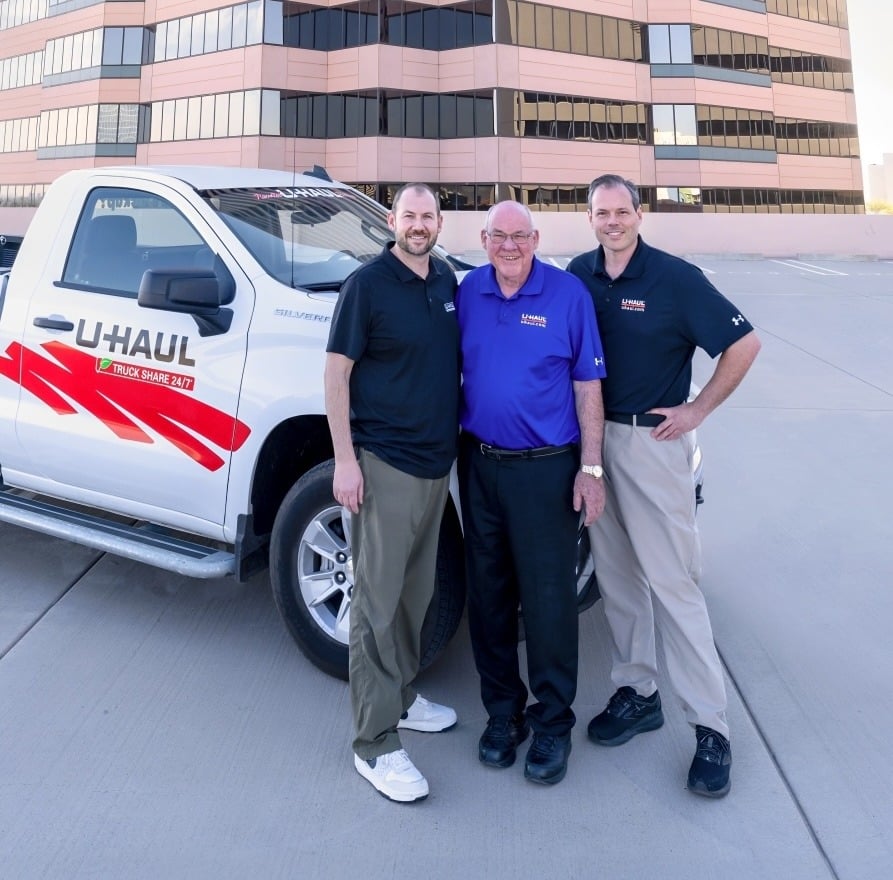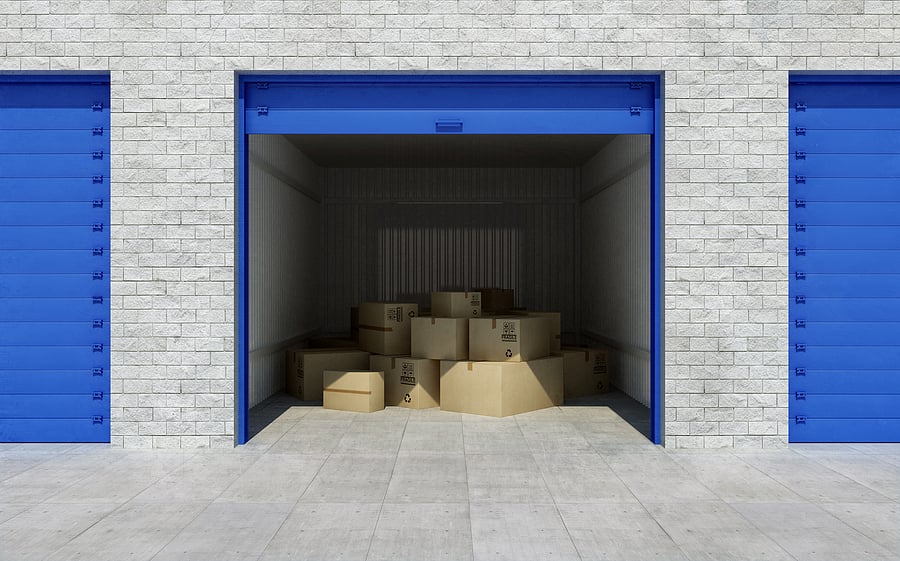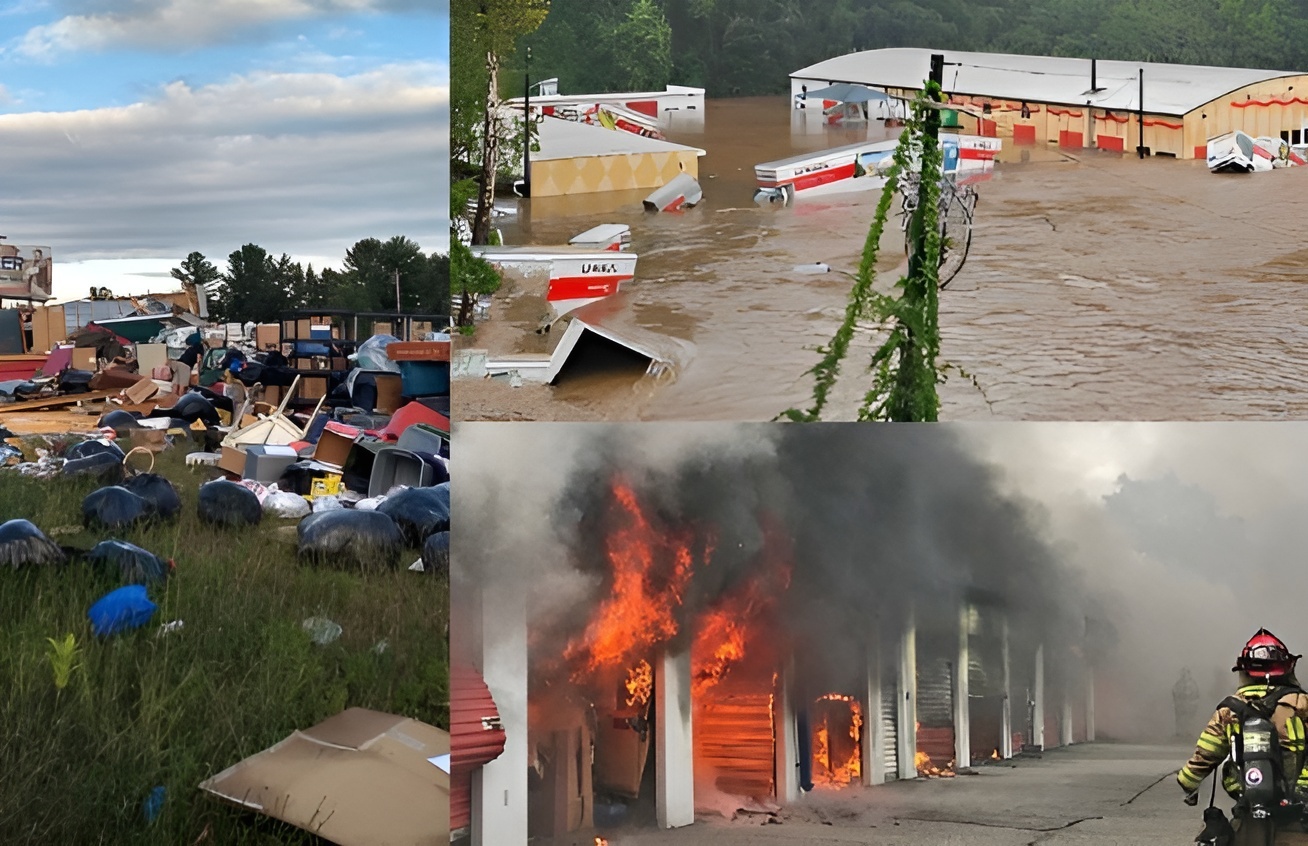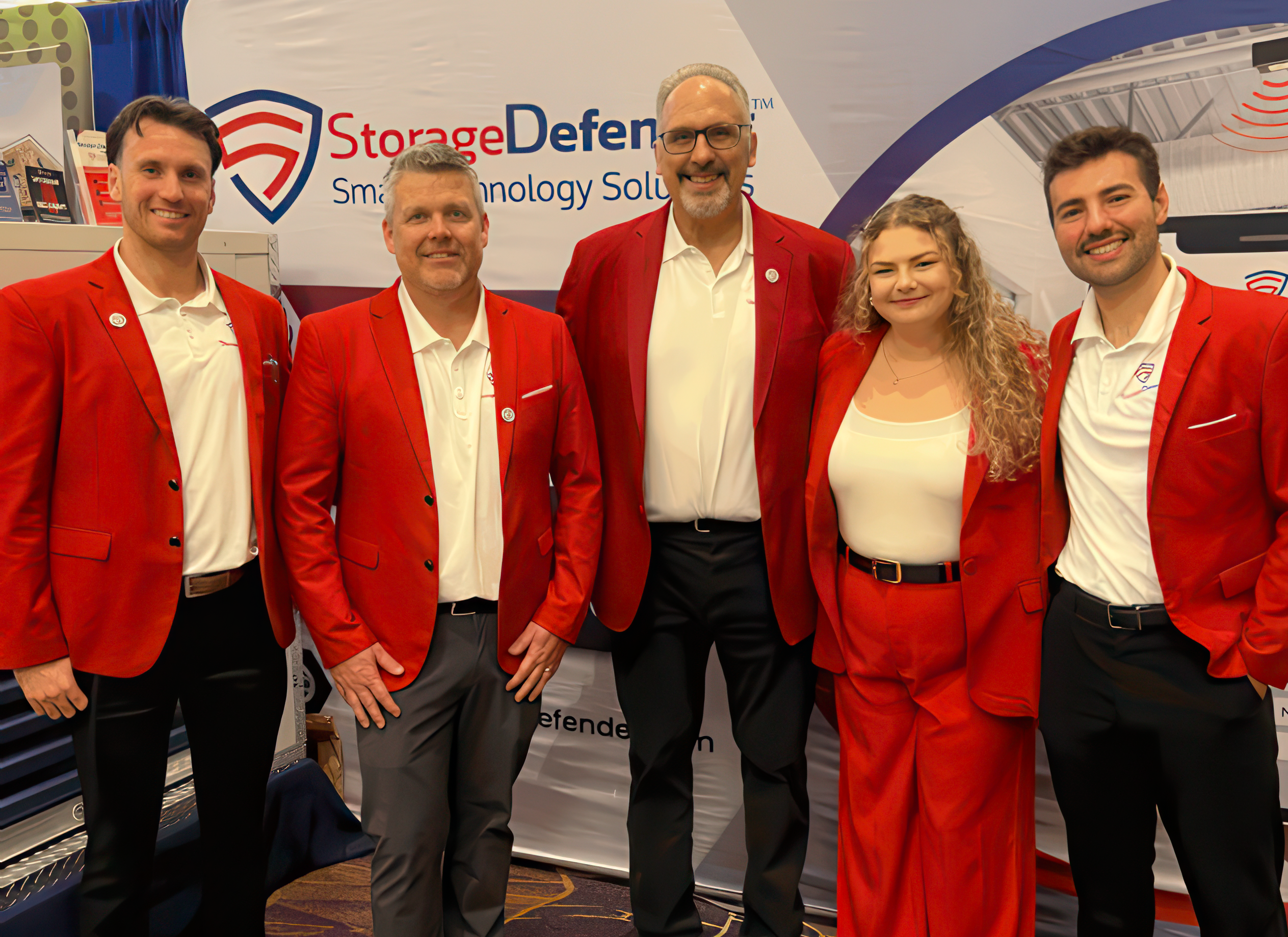Temperature Control vs. Climate Control
If you asked a self-storage owner 40 years ago about temperature or climate control, they likely would have looked at you like you had dropped in from the future. First-generation owners/operators had the same model, which typically consisted of metal buildings with roll-up doors. People didn’t necessarily worry about the luxury of heating or air conditioning.
As self-storage evolved, so did the terms associated with the industry with regards to whether there was any type of heating or cooling associated with the facility. “I think in the past, the term ‘temperature controlled’ was used in many cold weather climates and pertained to whether the facility had heat,” says Norm Shore, vice president of operations for The William Warren Group in Santa Monica, Calif.
In the modern world, some self-storage operators sometimes use the terms “temperature controlled” and “climate controlled” interchangeably. As the industry has evolved, standardization of the terms hasn’t really been established. “I think when you hear the terms today, it really depends on what part of the country you’re in as to what it may mean,” says Shore. “Some people say ‘temperature controlled’ when there is heating and cooling, and some call it ‘climate controlled,’ especially where there is some type of humidity control.”
The Self Storage Association also defines climate controlled as also controlling the humidity and adds that only an HVAC system equipped with a dehumidifier can provide true climate control.
Shore says if you’re offering temperature control, you have the responsibility of providing heat and cooling within a range, which is typically between 50 and 80 degrees or 54 to 78 degrees, depending on each company’s standards. Shore adds it’s when operators are offering climate controlled, which is typically understood as also controlling the humidity, that it becomes even harder to standardize. “Humidity control is something else, and can open a can of worms, but it is usually within a range also, depending again on the part of the country we’re talking about.”
Types Of Self Storage Facilities
Shore jokes that the only type of self-storage facility that doesn’t have some type of climate label with it are ones with no heating, cooling, or humidity control. “You can’t have a facility with nothing but a window open and call it ‘climate controlled,’” he laughs.
Here are the different types of facilities that may fall in one of the two climate categories:
- Basic drive-up metal with insulated roll-up doors that may also have heat and/or air conditioning. These are typically referred to as temperature controlled.
- Drive-thru that allows customers to drive in and unload their goods inside a climate-controlled environment. These facilities typically have both heat and air conditioning and are built in areas where the temperature can swing very low or very high, such as in Minnesota or Arizona. “Often, these are converted big box stores, warehouses, or supermarkets,” says Shore. If there is enough land on the site, such as having large parking lots, sometimes operators may expand their offerings by building outdoor drive-up storage with or without insulated doors and with or without heating/cooling options inside the units.
- Multistory storage drive-thru, which is the same as the climate-controlled drive-thru, although not all the storage is on one floor. In these facilities, first-floor customers may be able to drive in and unload, while tenants on the upper floors need to unload their goods on dollies and take them up via commercial elevators. These facilities are typically climate controlled with heat, air conditioning, and humidity control, but they can be built non-climate controlled and just have temperature control.
Why Temperature Control Vs. Climate Control Matters
While it may be a gray area to define, there are reasons it matters what you’re advertising, says Shore.
Development costs
When you’re deciding on what kind of a facility to develop, you need to look at your research; depending on the types of customers and competition in the ZIP code, you decide on building a non-temperature, non-climate-controlled building, which Shore says is becoming rarer, or building a one-level to multiple-level temperature or climate-controlled building. Building a single story requires more land with less cost, while building a multilevel facility requires less land but at significantly more cost. Shore estimates the cost of developing a multistory climate-controlled facility at about $90 per square foot, significantly less for a single-story climate-controlled site, depending on the area of the country.
Specialty storage
Of course, if you are offering specialty storage such as for wine or expensive or museum-quality art, you must be very careful to provide industry standard temperature and humidity control. These types of facilities typically have generators and alarms to notify owners when there is a power outage or the temperature and/or humidity exceeds a certain level.
Rates
With higher development costs for climate control, if you’ve done your research correctly, you can charge, on average, 15 to 20 percent more for rent on climate-controlled units. “Some facilities will sometimes charge the same as non-climate controlled just to accelerate lease-up,” says Shore. “The rates you can charge for climate control can be significantly higher, depending on the part of the country.”
Legalities
A self-storage operator must always be aware of what they’re advertising. Some states may have regulations as to what defines true climate control; it’s also important to never guarantee a tenant their items will never be subjected to mold or mildew.
In conclusion, Shore says if you’re advertising climate controlled, it is also your responsibility to ensure your equipment is properly maintained and the temperature and humidity is kept within your company’s standard range. “The most important thing is to always provide the tenant with what is advertised.”
—
Kerri Fivecoat-Campbell is a freelance journalist based in the Ozark Mountains. She is a regular contributor to Messenger.
More Content
Popular Posts
The self storage industry is in a precarious...
Joe Shoen, CEO of U-Haul, has had enough.
Like its name implies, Surprise, Ariz., a...
Joe Shoen has had enough.
In a record-breaking deal finalized May 12,...
Senate Bill 709 (SB709) has many in the...
Donald Trump has just reclaimed the White...
The question of “abandonment” of stored...
Self-storage operators wear a lot of hats....
In 1992, Clinton strategist James Carville...
Recent Posts
When Neville Kennard left for a work trip to...
Self-storage software is no longer...
The self-storage industry continues to...
Fires in California. Tornadoes in Kansas....
From policy pivots in Ottawa to tariff...
Self-storage operators have struggled to...
Their signature red coats may draw attention...
Nailing down Josh and Melissa Huff for an...



















